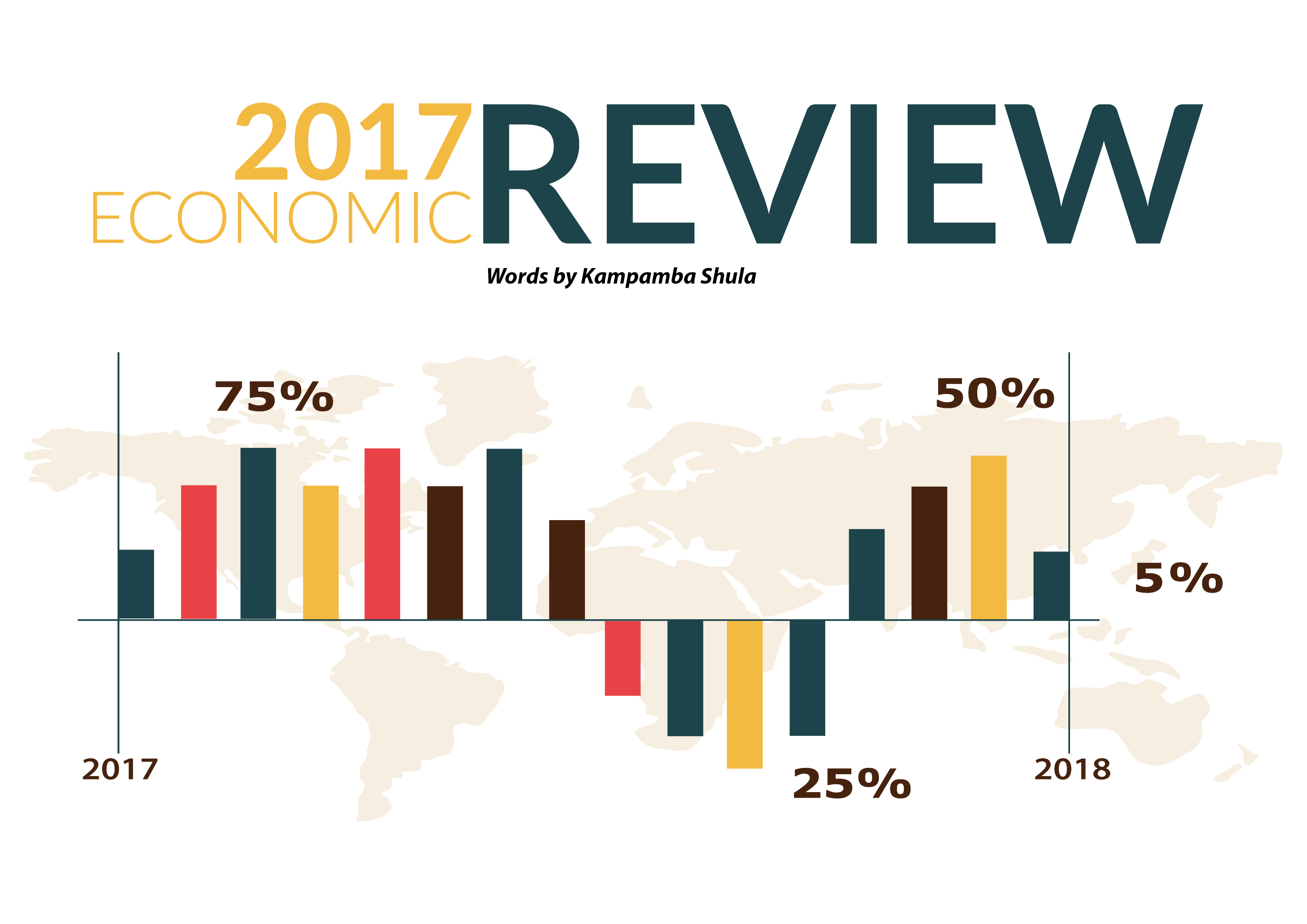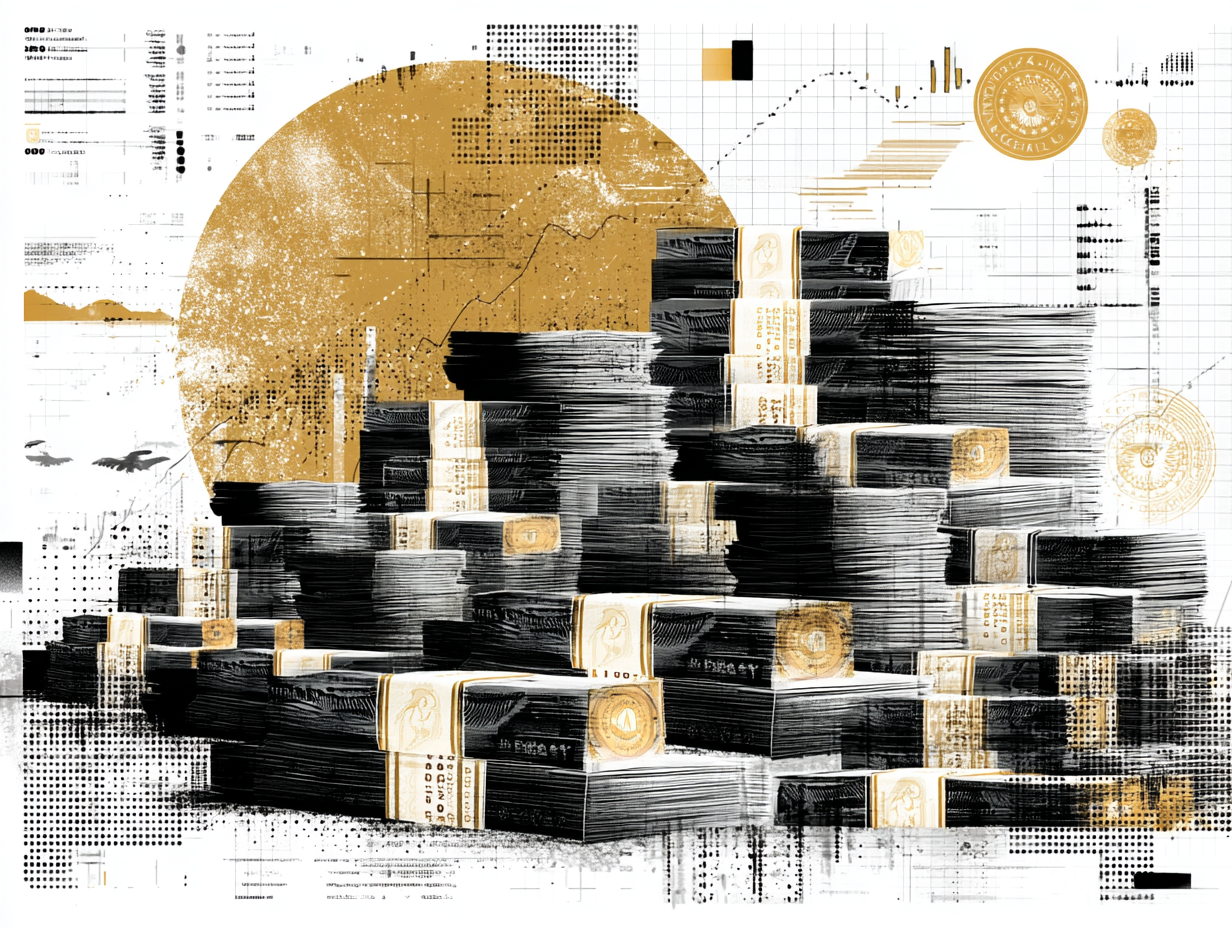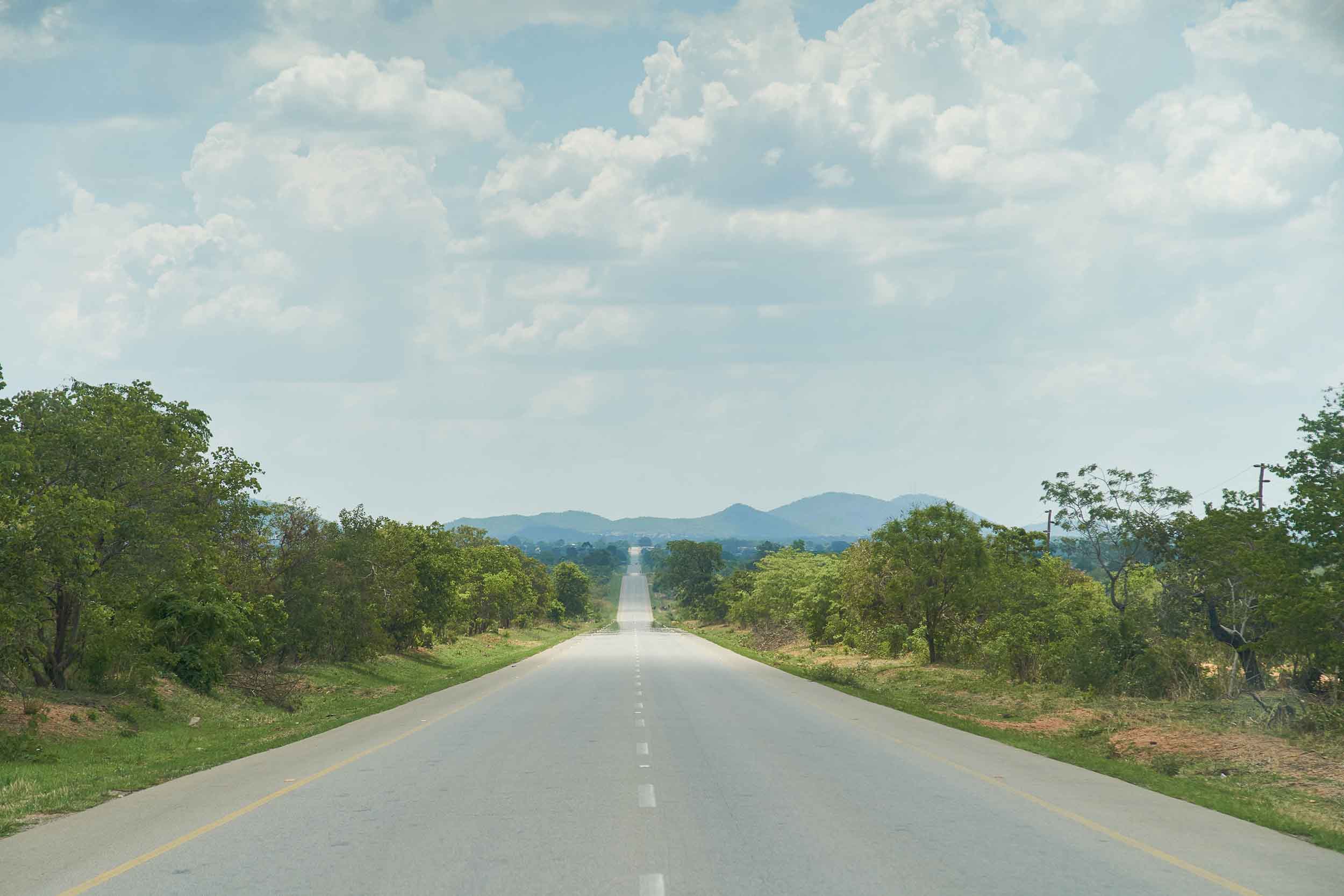The global economy is projected to grow by 3.5 percent in 2017, compared to 3.2 percent in 2016. This is mainly premised on a projected 4.6 percent growth in the large emerging and developing economies, driven by the gradual improvement in commodity prices.
Growth in advanced economies is expected to strengthen to 2.0 percent in 2017 from 1.7 percent in 2016. Sub-Sahara African growth is projected to expand to 2.7 percent in 2017 from 1.3 percent in 2016, driven by increased agricultural and mining output.
As global economic activity gains momentum, commodity prices are expected to continue strengthening in 2017. Copper prices are projected to average US$5,827 per tonne in 2017 compared with an average of US$ 4,868 per tonne in 2016. Similarly, international crude oil prices are expected to surge upwards to an average of US$49.0 per barrel in 2017 from an average of US $42.8 per barrel in 2016 Compared with an average of US$ 4,868 per tonne in 2016. Similarly, international crude oil prices are expected to surge upwards to an average of US$49.0 per barrel in 2017 from an average of US $42.8 per barrel in 2016.
Crop production during the 2016/2017 farming season was favorable with significant increases in the output of maize, Irish-potatoes, rice, tobacco, groundnuts and soya beans. growth in the fisheries sub-sector strengthened for both capture and aquaculture fisheries to 77,029 metric tonnes for the period January to June 2017 from 56,241 metric tonnes in the same period in 2016 (Ministry of Agriculture, 2017). This was explained by higher participation by commercial and emergent fish farmers in aquaculture, and enhanced enforcement of fisheries regulation in capture fisheries. In the livestock sub-sector, there was an increase in the livestock population to 4.9 million during the period January to June 2017 from 4.3 million compared to the same period in 2016. This was due to the stocking and re-stocking programmes and improved animal disease control programmes.
On account of improved water levels, electricity generation in the first eight months of 2017 increased by 23.7 percent to 9.4 million megawatt hours from 7.6 million megawatt hours during the corresponding period in 2016. This has significantly reduced load sheddingcreating better prospects for industrialisation. As at end August 2017, copper production stood at 510,369 metric tonnes, with the end year production expected to exceed the 2016 output of 770,000 metric tonnes.
The performance of the external sector has improved relative to 2016. Zambia’s trade balance recorded a surplus of US$388.3 million during the first six months of 2017 compared with a surplus of US$45.8 million during the corresponding period in 2016 (Central Statistics Office, 2017). This was mainly driven by higher export earnings relative to imports. Total export earnings were 25.8 percent higher at US$3.9 billion compared with US$ 3.1 billion in the corresponding period in 2016.
Copper export earnings were higher by 38.1 percent at US$ 2.9 billion from US$ 2.1 billion in the corresponding period in 2016. This was due to a rise in both export volumes and prices. Non-traditional exports, however, marginally declined to US$ 811.7 million during the first six months of 2017 from US$ 835.5 million during the same period in 2016. Gross international reserves as at end-August 2017 were estimated at US $2.3 billion, relatively unchanged from the end-2016 level. This translates into 3.2 months of import cover.
Monetary performance in 2017 has been positive. The exchange rate of the Kwacha against major tradable currencies has been relatively stable appreciating by approximately 4.0 percent to date. Inflation has fallen significantly to 6.6 percent in September 2017 from 18.9 percent during the same period in 2016. The Bank of Zambia eased monetary policy significantly in 2017. The policy rate was reduced from 15.5 percent in January to 11 percent in August 2017 (Bank of Zambia, 2017). Statutory reserve ratios reduced from 18 percent to 9.5 percent over the same period. The overall performance and condition of the financial sector remained satisfactory as at end-August 2017. The banking sector also maintained a strong capital adequacy position and satisfactory earnings performance. Despite the easing of monetary policy, commercial bank average lending rates only fell marginally to 26.6 percent in August 2017 from 29.4 percent in December 2016. Private sector credit remained subdued, contracting by 2.9 percent as at end August 2017. Asset quality also deteriorated as reflected by increased non-performing loans to 12.2 percent relative to total loans, compared to 9.7 percent as at end-December 2016. This is above the internationally acceptable threshold of 10 percent. However, measures are being taken to reverse this trend and restore asset quality in the banking sector.
The stock of domestic arrears as at end June 2017 was K13.2 billion, from K19.1 billion in December 2016. The significant reduction in arrears is attributed to Government’s concerted effort to clear arrears. The stock of Government’s external debt as at end-August 2017 was US $7.56 billion representing 29 percent of GDP (Ministry of Finance, 2017). The stock of domestic debt in the form of Government securities was K44.6 billion, representing 18 percent of GDP. Total public debt (external and domestic) at end-August 2017 was therefore, K114.9 billion, equivalent to US $12.45 billion and representing 47 percent of GDP. the stock of domestic arrears as at end June 2017 was K13.2 billion, from K19.1 billion in December 2016. The significant reduction in arrears is attributed to Government’s concerted effort to clear arrears. In line with the fiscal consolidation stance, expenditures are projected to be below target by 6.0 percent. Consequently, the deficit on cash basis is expected to close the year at 6.8 percent of GDP.
The Zambian Economy is on the mend in 2017 with modest recovery projected. With concerted efforts towards fiscal consolidation we can anticipate a reduction in Government arrears and also hope for reduced domestic borrowing which has been crowding out the private sector. The policy reforms in social protection, land, public finance and procurement will go a long way in securing both the freedoms and economic opportunity for Zambians to achieve their aspirations. 2017 has been the year of the comeback for Zambia and we can expect to see 2018 on an even more positive trajectory.
References
Bank of Zambia. (2017). Fortnightly Statistics Report. Lusaka: Bank of Zambia.
Central Statistics Office. (2017). Monthly Bulletin. Lusaka: Central Statistics Office.
Ministry of Agriculture. (2017). Report . Lusaka.
Ministry of Finance. (2017). Debt Management Strategy . Lusaka.








